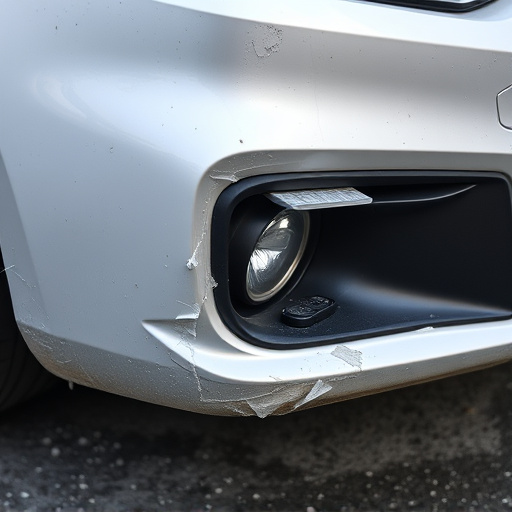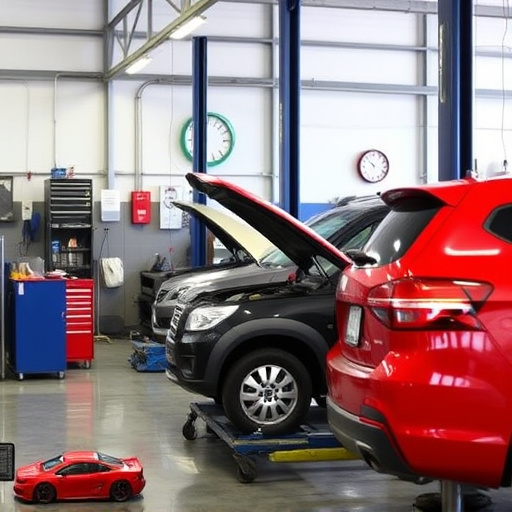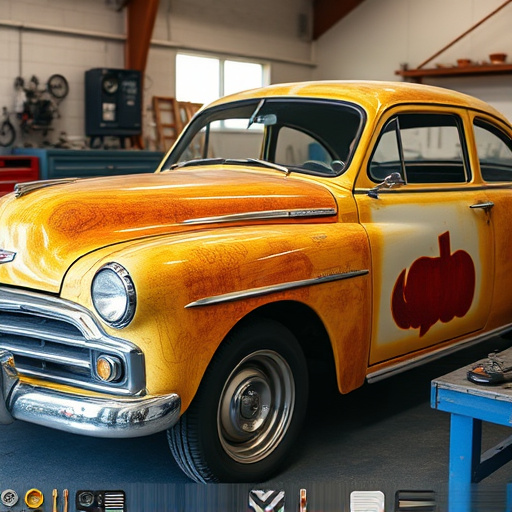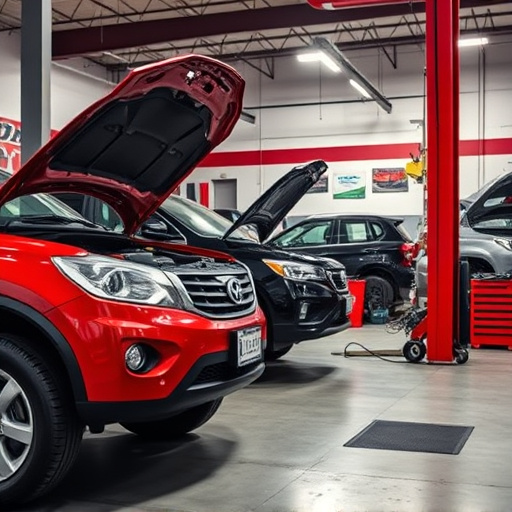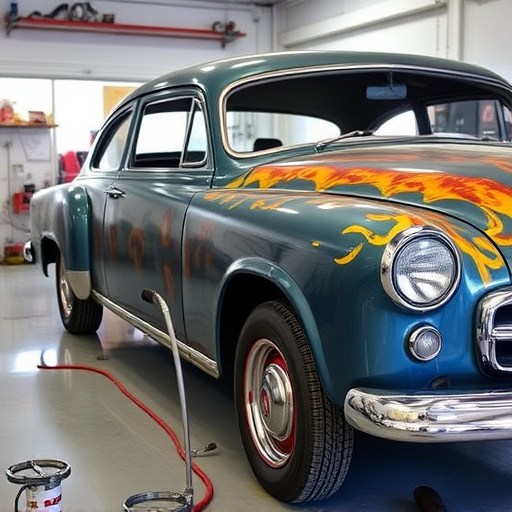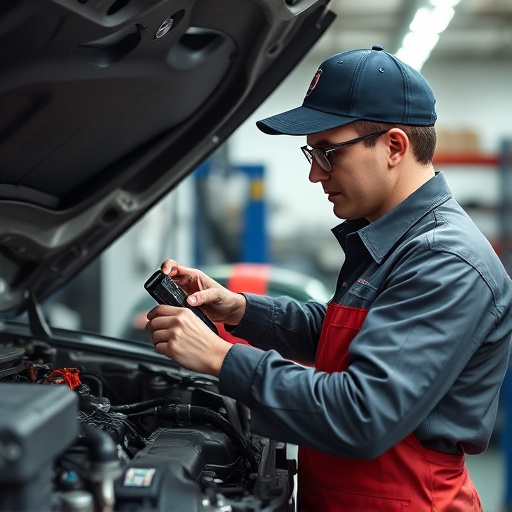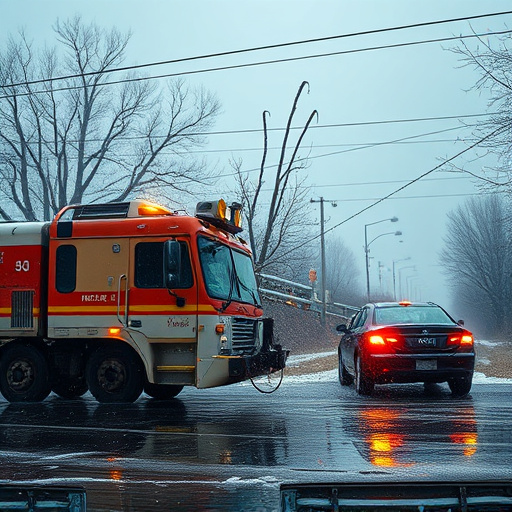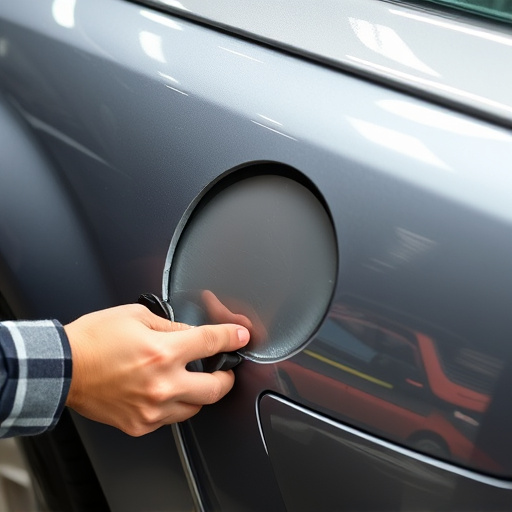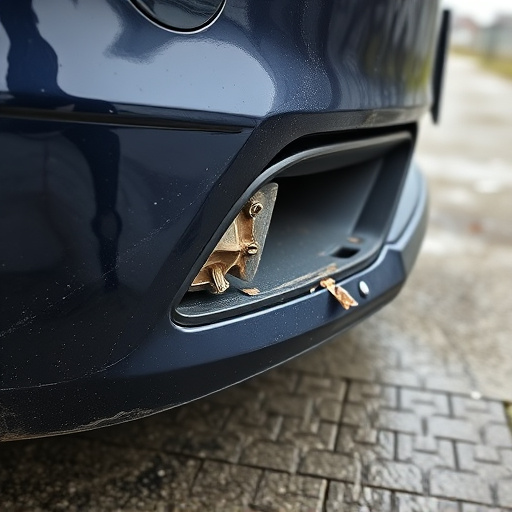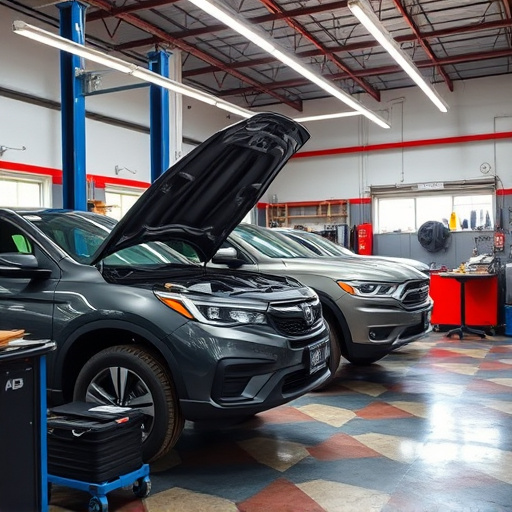Harsh winters cause metal damage, including rust spots and accelerated corrosion. Regular maintenance with rust sealing products prevents winter deterioration. Existing winter damage requires collision repair services for restoration, from minor car scratch repairs to structural work. Early identification of rust is crucial for effective restoration, minimizing costs, and maximizing vehicle longevity. Effective rust sealing involves inspection, sanding, rust converter, and high-quality automotive sealant to protect against future corrosion.
As winter draws to a close, many homeowners discover unsightly rust spots on their metal surfaces. The cold season’s harsh conditions and moisture can lead to significant rust repair needs. Understanding how winter damages metal is the first step towards effective prevention. This article guides you through identifying rust formation and offers a comprehensive, step-by-step guide to using rust sealing products for efficient winter damage repair.
- Understanding Winter's Impact on Metal Surfaces
- Identifying Rust and Its Causes After Winter
- Effective Rust Sealing: A Step-by-Step Guide
Understanding Winter's Impact on Metal Surfaces

Winter’s harsh conditions can take a significant toll on metal surfaces, leading to various forms of damage. Cold temperatures and moisture often leave unsightly rust spots, especially in areas prone to water accumulation or high humidity. These environmental factors accelerate corrosion, which can weaken structural integrity over time. Car owners, particularly those living in regions with extreme winters, must be proactive in protecting their vehicles from such damage.
Regular maintenance, including applying rust sealing products, is crucial for preventing winter-related metal deterioration. Such products create a protective barrier against moisture intrusion, delaying or even preventing the onset of rust formation. In cases where winter damage has already occurred, collision repair services can help restore vehicles to their original condition. From minor car scratch repairs to more extensive structural restoration, these specialized services ensure that vehicles not only look as good as new but also maintain optimal performance and longevity.
Identifying Rust and Its Causes After Winter
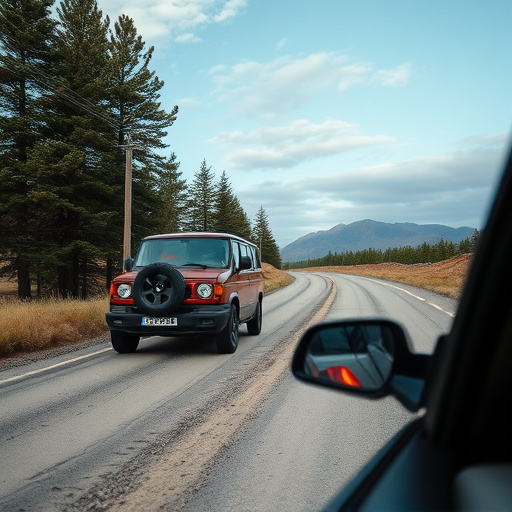
After a long, harsh winter, many vehicles suffer from rust repair needs. Identifying rust early is crucial for effective damage restoration. Rust often manifests as flaky or brittle metal, with visible orange-brown spots on affected areas. It can start subtly, appearing as small pitting or peeling, but left untreated, it spreads and weakens the metal structure.
Several factors contribute to winter damage, including cold temperatures accelerating corrosion, salt and sand used for de-icing roads, and increased humidity. Auto body services recommend regular inspections to catch rust in its early stages. Prompt action is key to minimizing repair costs and maintaining vehicle longevity, especially when considering comprehensive car paint services or even a full vehicle restoration.
Effective Rust Sealing: A Step-by-Step Guide

Effective rust sealing is a critical step in repairing winter damage to vehicles, especially when dealing with classic cars or those suffering from collision damage. The process begins by thoroughly inspecting the affected areas to identify the extent of corrosion. Once identified, gently sand the surface to remove any loose or damaged paint and rust. This step ensures proper adhesion for the sealing product.
Next, apply a high-quality rust converter to the cleaned area. This protective layer not only blocks moisture but also neutralizes rust particles. Allow it to dry completely as per the manufacturer’s instructions. Following this, use a suitable rust-preventive sealant, designed specifically for automotive applications. Apply it evenly over the treated surface and let it cure, creating a robust barrier against future corrosion. For classic car restoration or collision damage repair, this multi-step process is vital in ensuring long-lasting protection against winter’s destructive effects.
Rust sealing products play a crucial role in mitigating winter damage to metal surfaces. By understanding the impact of cold weather and identifying rust formation, you can effectively protect your assets with the right sealing techniques. Following our step-by-step guide ensures thorough preparation, enhancing the durability of your structures against future corrosion. Remember, prompt action after winter is key; let these measures be a game-changer in preventing costly rust repair after winter damage.
